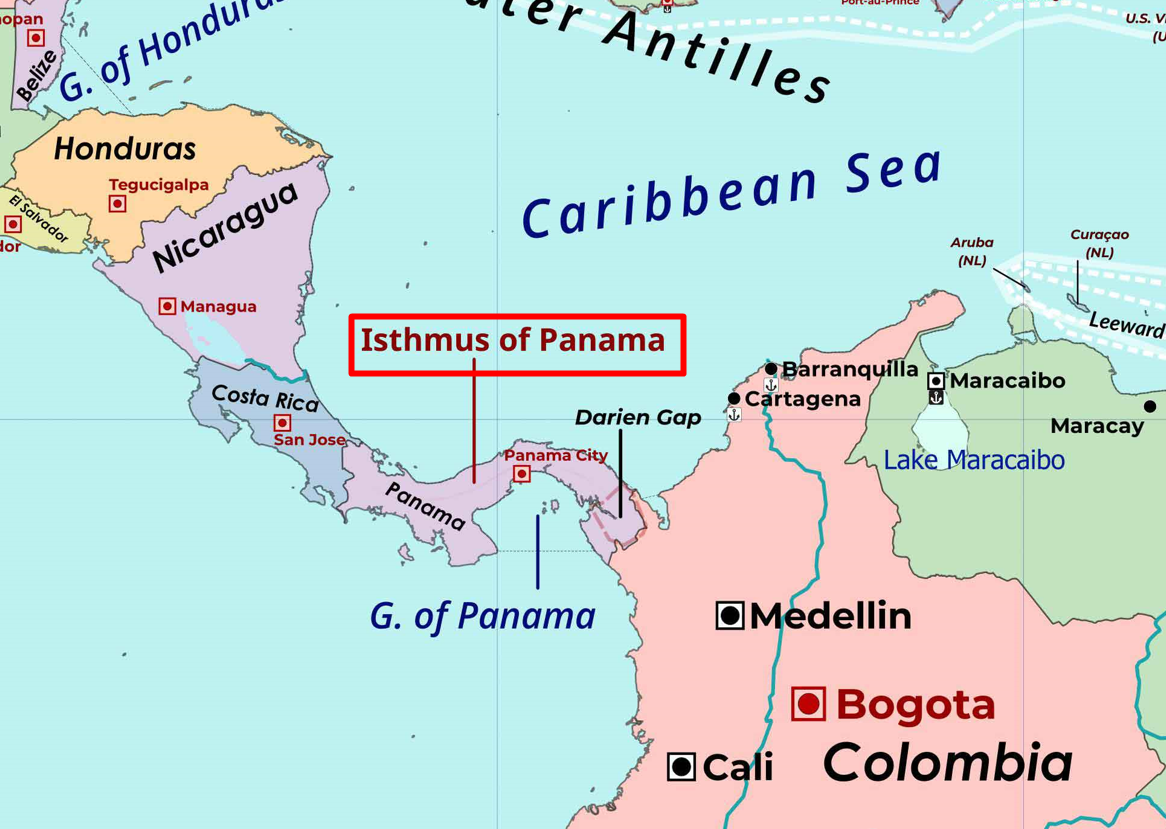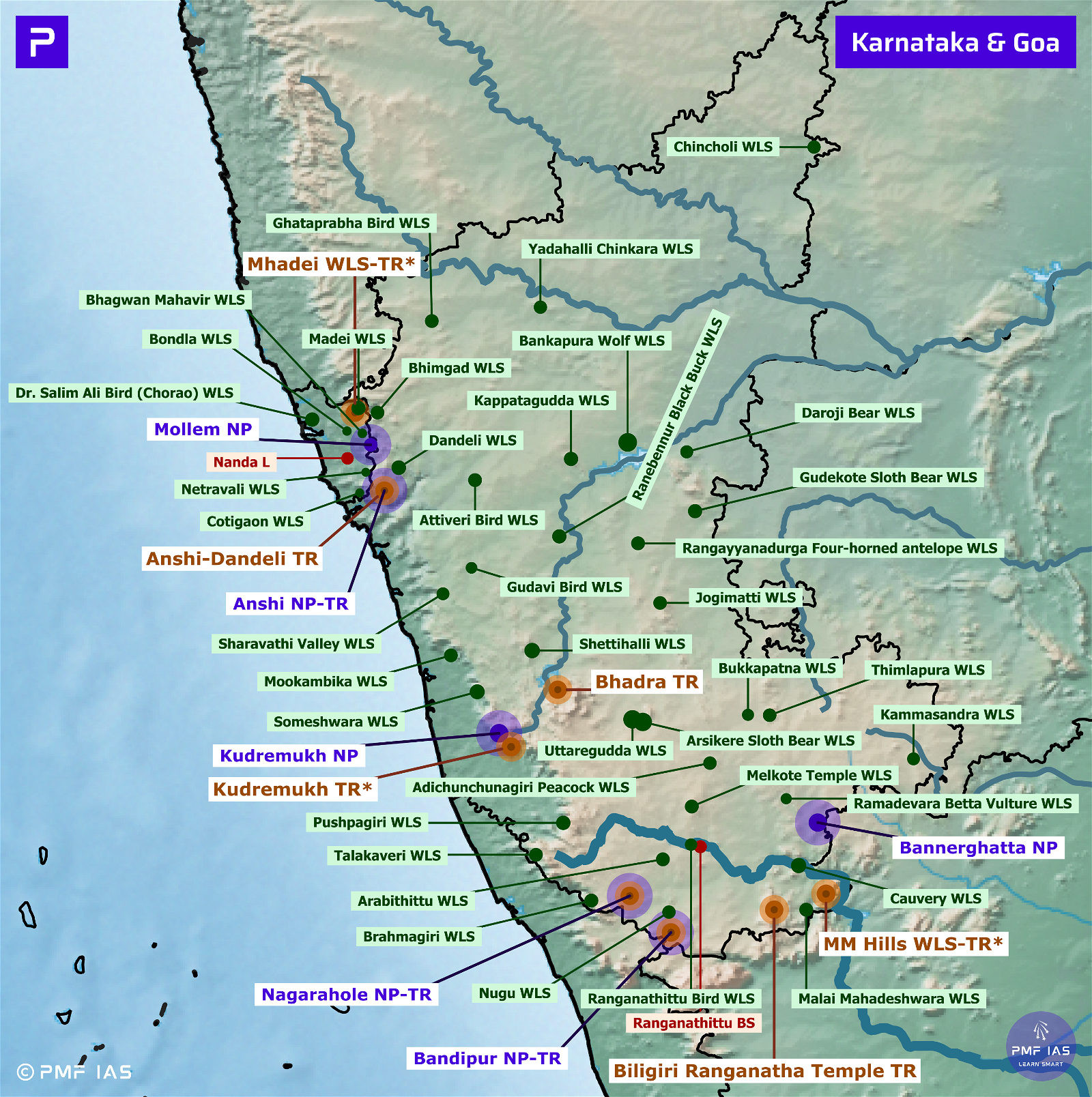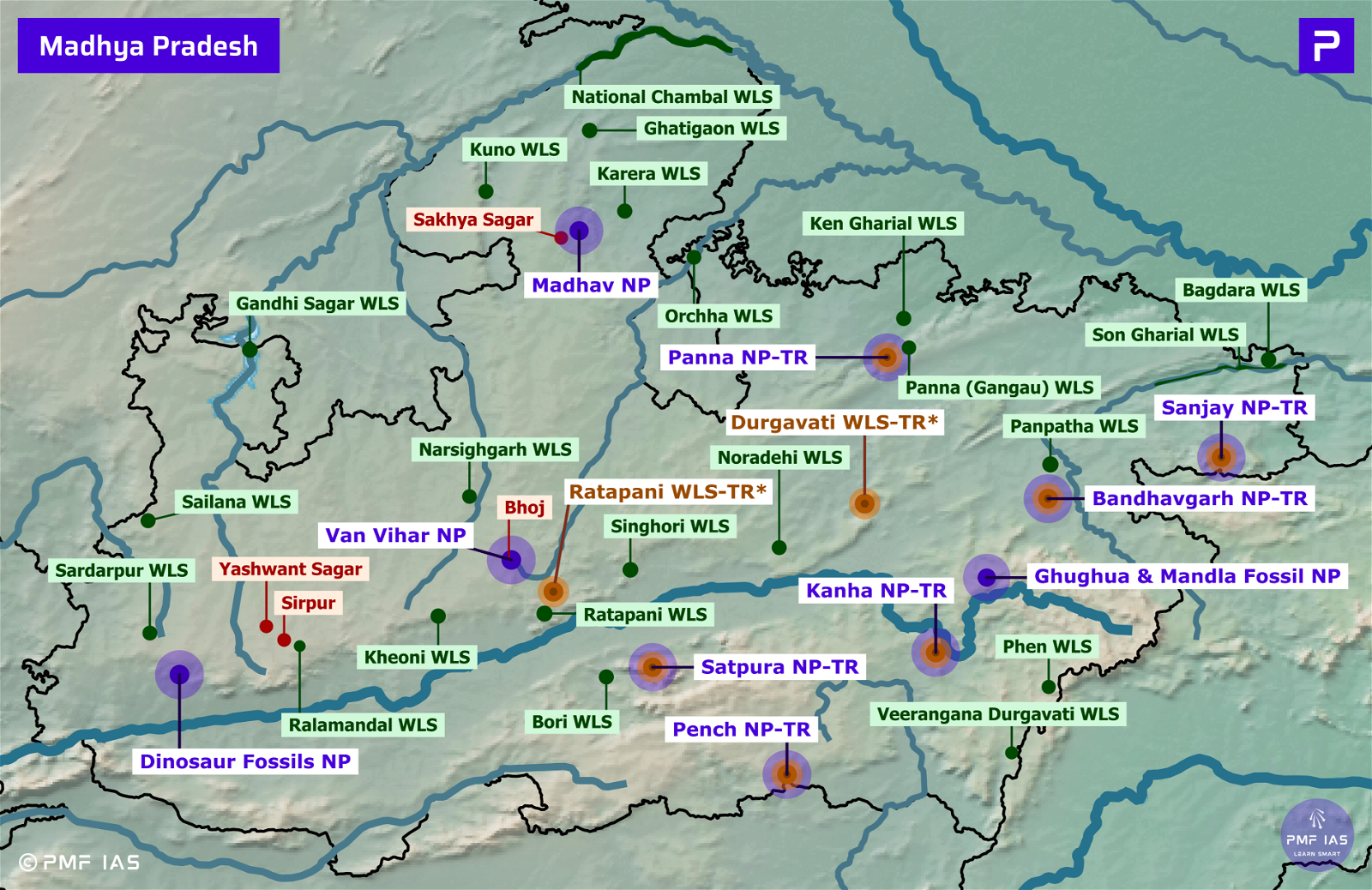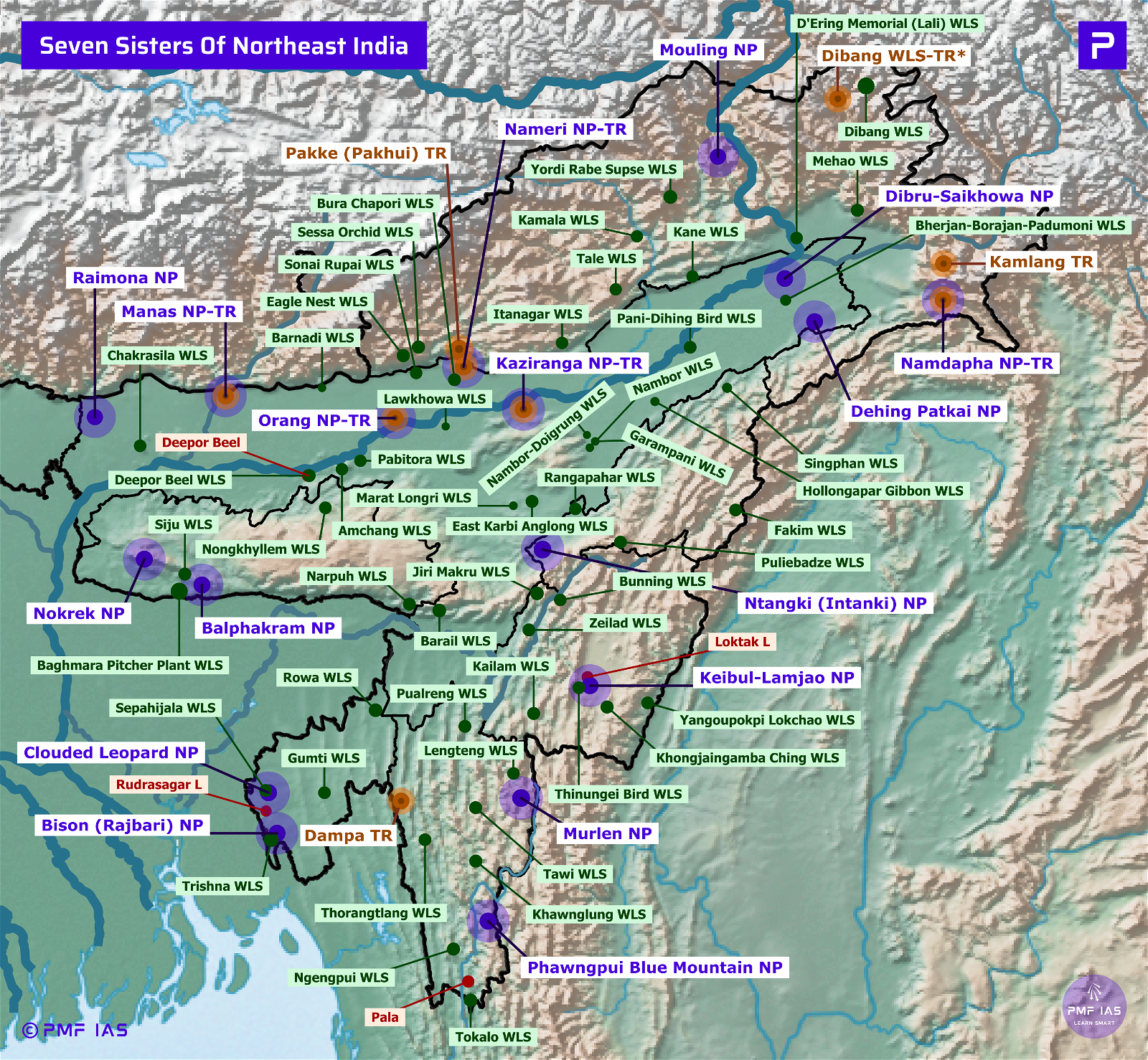
Binjor Excavations
Subscribe to Never Miss an Important Update! Assured Discounts on New Products!
Must Join PMF IAS Telegram Channel & PMF IAS History Telegram Channel
- Context (TP): At Binjor (4MSR), very close to Tarkhanwala Dera and Baror, a craftsperson’s village was discovered, unlocking the unknown aspects of the mighty Harappans’ production line.
- Bijnor is located about 4 km away from the India-Pakistan border that divides the Ghaggar-Hakkra river, in the Anupgarh tehsil of Sri Ganganagar district of Rajasthan.
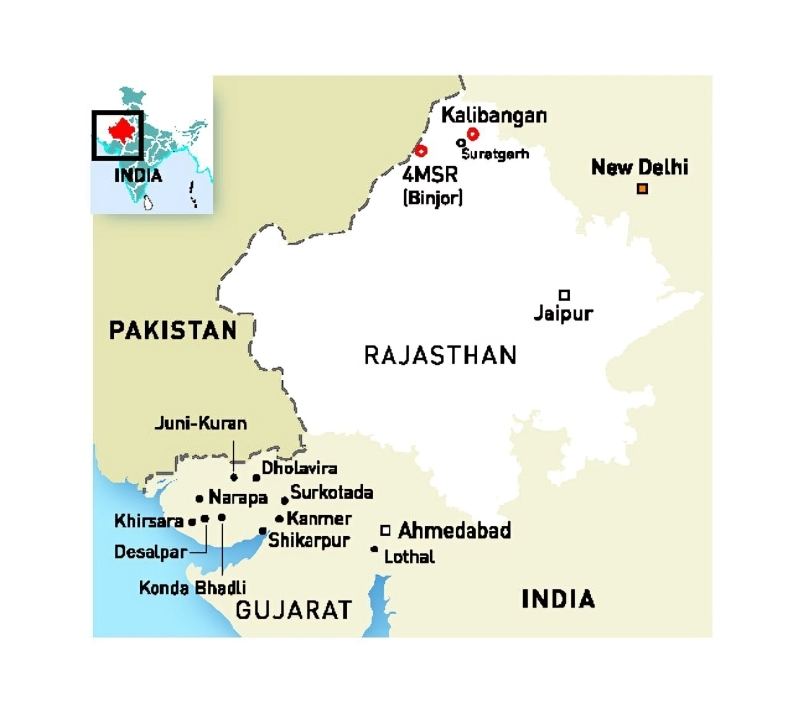
- The excavations suggest that the industrial activities at the site started during Mature Harappan period.
- It also suggests that the site was abandoned towards the end of the Mature Harappan phase around c.2000 BCE, which coincided with the onset of the de-urbanisation phase of the civilisation.
Findings from the excavations
- Seven structural phases spanned across three periods, Early, Transition, and Mature Harappan (from c.4500 BCE to 2000/1900 BCE), were excavated.
- Most structures are made of mud bricks, including multiple rooms, workshop areas, courtyards, and a massive enclosure wall that surrounds the settlement.
- Plethora of pottery with decorative motifs, including animal motifs like tigers and fish; numerous seals; exquisite beads – carnelian, agate, jade, lapis lazuli, quarts; animal and human figurines were excavated.
A village of Craftperson
- The industrial centre was represented by the evidence of over 250 hearths (fireplaces/kilns) in different shapes and sizes found in seven structural phases right from the settlement’s inception.
- Though initially, the concentration of hearths was limited to domestic use, the level of industrial and mass production activity could be seen only during the Mature Harappan period (2600-2000 BCE).
- The increase in the number of hearths and the concentration of fire activity in clusters present for a long time (defined by layers and layers) in one area showed that the scale of production increased.
- The entire array of hearths is divided into three broad categories:
- For smelting (particularly furnaces/kilns).
- Smaller hearths, mostly (rounded or oval) for secondary melting.
- Hearths shaped like basins used for heating and forging artefacts; and round hearths filled with powdery ash or gypsum, which might be used for final polishing.
- Objects such as terracotta crucibles and moulds, stone anvils, hammers, polishers, copper chisels, and other tools; evidence of wood as fuel, bones in the hearths; weights and measures in various denominations; are indicators of a craft-cum-industrial setup.
- Moreover, a thick deposit of industrial waste and a large number of finished products are found at the site, suggesting mass production of copper implements.




![PMF IAS Environment for UPSC 2022-23 [paperback] PMF IAS [Nov 30, 2021]…](https://pmfias.b-cdn.net/wp-content/uploads/2024/04/pmfiasenvironmentforupsc2022-23paperbackpmfiasnov302021.jpg)

